Seasonal Maintenance Guide: Four Seasons to Keep Your Log Cabin Healthy
Owning a log cabin is a dream for many, but it comes with the responsibility of regular maintenance to ensure its longevity and safety. Each season brings unique challenges and opportunities for care, making it essential to adopt a proactive approach to cabin upkeep. In this article, we will explore seasonal maintenance tasks, providing clear and actionable solutions, supported by real-life examples, to help you keep your log cabin healthy year-round.
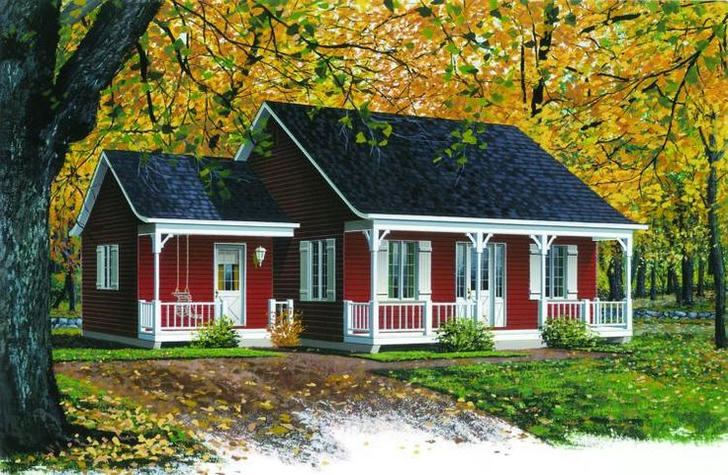
Spring: Inspect and Prepare
As winter fades, spring is the perfect time to inspect your cabin and prepare for the warmer months ahead. After the heavy snowfall and ice, it’s essential to check for any damage that may have occurred during the colder months.
Action Steps:
1.Inspect the Roof: Start with a thorough inspection of the roof. Look for missing shingles, cracks, or any signs of water damage. If you notice any issues, consider hiring a professional to perform necessary repairs.
Real-Life Example: A cabin owner in Colorado discovered a few missing shingles after a harsh winter. They promptly replaced them, preventing potential leaks that could have resulted from spring rains.
2.Check the Foundation and Drainage: Inspect the foundation for cracks and ensure that the drainage system is clear of debris. Proper drainage is crucial for preventing water accumulation around the foundation, which can lead to significant damage over time.
Actionable Tip: Use a garden hose to test the drainage system, ensuring water flows away from the cabin.
3.Clean Gutters and Downspouts: Clear out any leaves or debris from gutters and downspouts to ensure proper water flow. Clogged gutters can lead to water damage on the roof and walls.
4.Inspect and Treat Wood: Check for signs of rot or insect damage on the logs. If you find any issues, treat the affected areas with wood preservative and sealant to protect against moisture and pests.
Real-Life Example: A cabin owner in Tennessee treated their logs with a high-quality preservative, significantly extending the lifespan of their cabin's exterior.
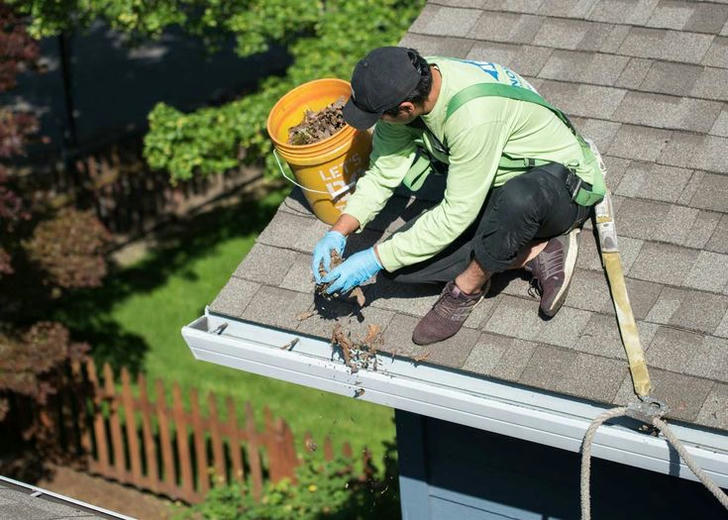
Summer: Maintenance and Upgrades
Summer is an ideal time for maintenance tasks that require dry weather, such as painting, staining, or applying sealants. Additionally, it’s a great time to make upgrades that enhance your cabin’s functionality.
Action Steps:
1.Paint and Stain: Apply a fresh coat of paint or stain to protect the wood from UV rays and moisture. Look for high-quality products specifically designed for log cabins.
Actionable Tip: Choose a dry, overcast day to avoid direct sunlight, which can cause the paint or stain to dry too quickly and not adhere properly.
2.Inspect Windows and Doors: Check all windows and doors for drafts or leaks. Replace weather stripping or seals as needed to improve energy efficiency.
3.Upgrade Insulation: Consider adding insulation in the walls or attic to improve energy efficiency. Proper insulation can help regulate indoor temperatures and reduce energy costs.
4.Outdoor Maintenance: Clean the deck, patio, and outdoor furniture. Inspect and repair any damaged areas to ensure a safe and inviting outdoor space.
Real-Life Example: A cabin owner in Minnesota replaced their deck boards during the summer, improving the aesthetic and safety of their outdoor area while preventing future costly repairs.
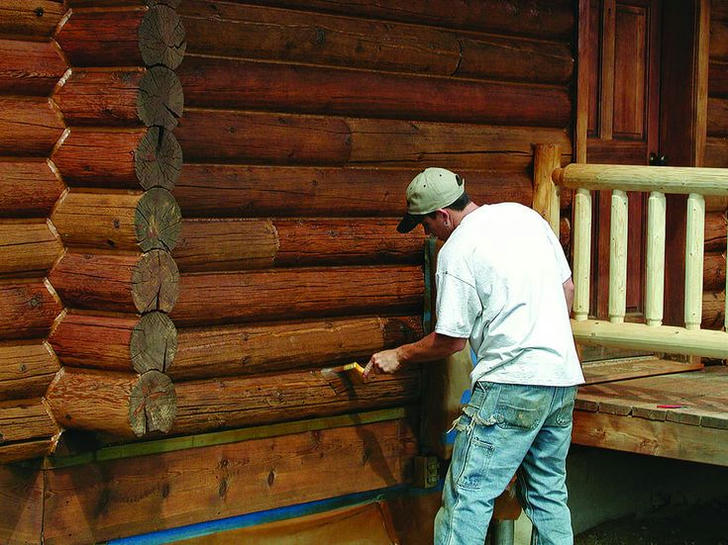
Fall: Prepare for Winter
As temperatures begin to drop, fall is the time to prepare your cabin for the upcoming winter months. Proper preparation can prevent many issues associated with cold weather.
Action Steps:
1.Inspect Heating Systems: Check your heating systems, whether it’s a wood stove, gas heater, or electric system. Schedule a professional inspection to ensure everything is in good working order before the cold sets in.
Actionable Tip: Change filters and clean vents to maintain efficient heating.
2.Winterize Plumbing: To prevent pipes from freezing, insulate exposed pipes and shut off the water supply to outdoor faucets. Drain any remaining water from the system to avoid burst pipes.
Real-Life Example: A cabin owner in New Hampshire experienced a burst pipe last winter due to insufficient insulation. After that incident, they took the time to properly winterize their plumbing for the next season.
3.Inspect and Seal Entry Points: Check for gaps around windows and doors, and apply caulk or weather stripping as necessary to keep cold air out.
4.Store Outdoor Furniture: Bring in or cover any outdoor furniture to protect it from snow and ice damage during the winter months.
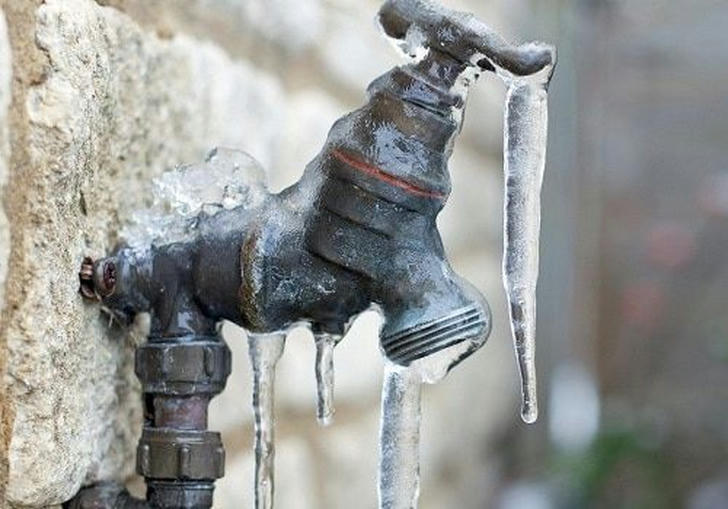
Winter: Monitor and Respond
While winter may seem like a time for inactivity, it’s crucial to monitor your log cabin and respond to any issues that arise promptly.
Action Steps:
1.Regular Inspections: Keep an eye on the roof for snow accumulation. If too much snow builds up, it can lead to structural damage. Use a roof rake to safely remove snow from flat or low-pitched roofs.
2.Check for Ice Dams: Monitor the eaves and gutters for ice dams, which can prevent proper drainage and cause leaks. If ice dams form, carefully remove them using a roof rake or hire a professional.
3.Maintain Heating Systems: Ensure your heating system is functioning properly throughout the winter. Monitor fuel levels and replenish as necessary.
4.Stay Vigilant for Moisture Issues: Check for condensation on windows and walls, which can indicate inadequate ventilation. Use a dehumidifier if necessary to maintain healthy humidity levels.
Real-Life Example: A cabin owner in Vermont invested in a dehumidifier after experiencing excessive moisture issues during winter. This not only improved their indoor air quality but also prevented mold growth.
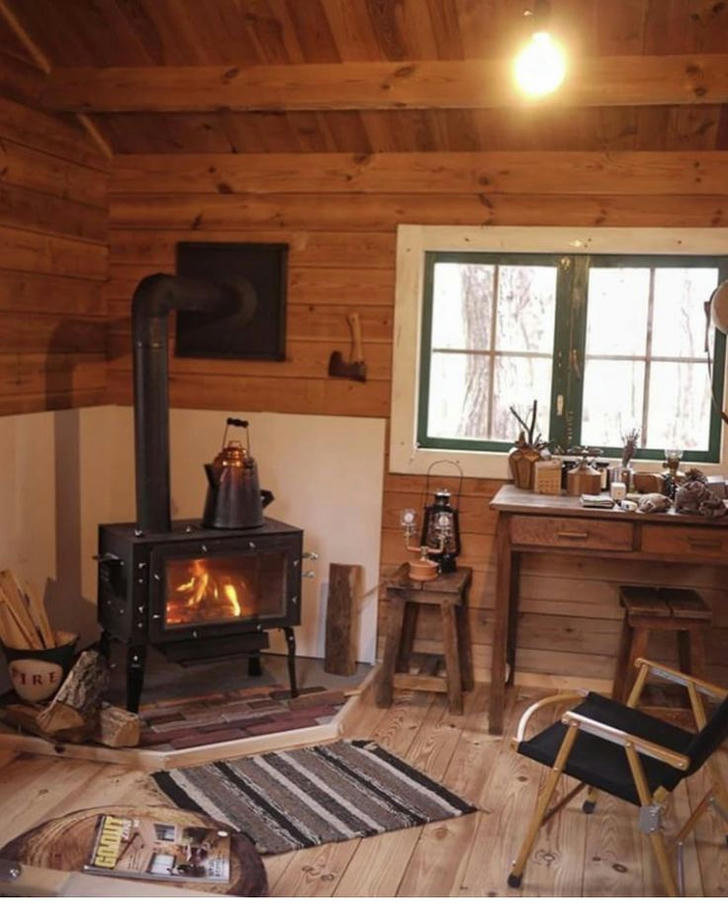
Conclusion
Maintaining a log cabin requires attention and care throughout the year. By following these seasonal maintenance guidelines—inspecting and preparing in spring, performing upgrades in summer, preparing for winter in fall, and monitoring in winter—you can ensure your cabin remains a safe, comfortable, and inviting retreat for years to come. By taking proactive steps and learning from the experiences of others, you can enjoy the beauty of log cabin living while preserving its health and integrity.
